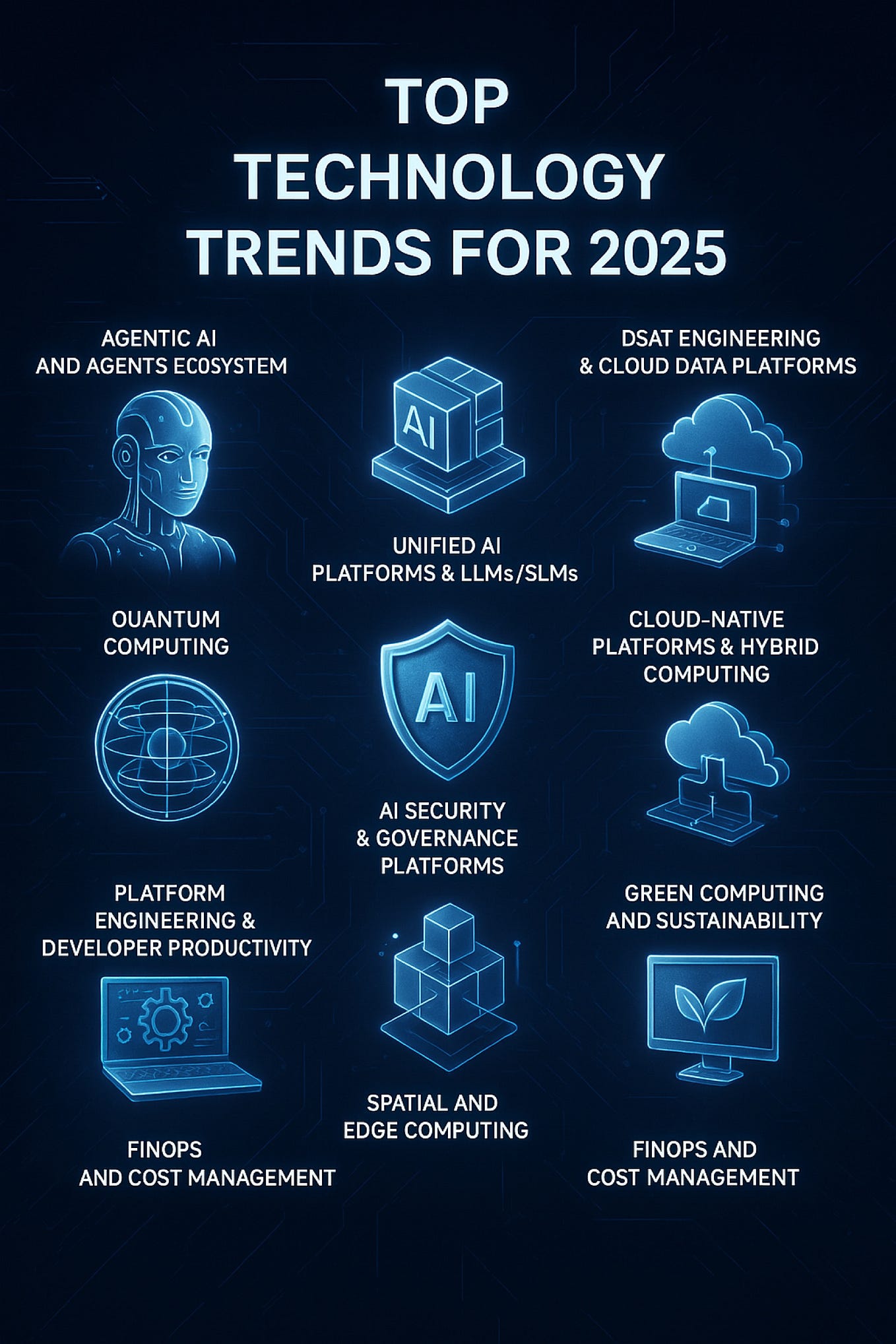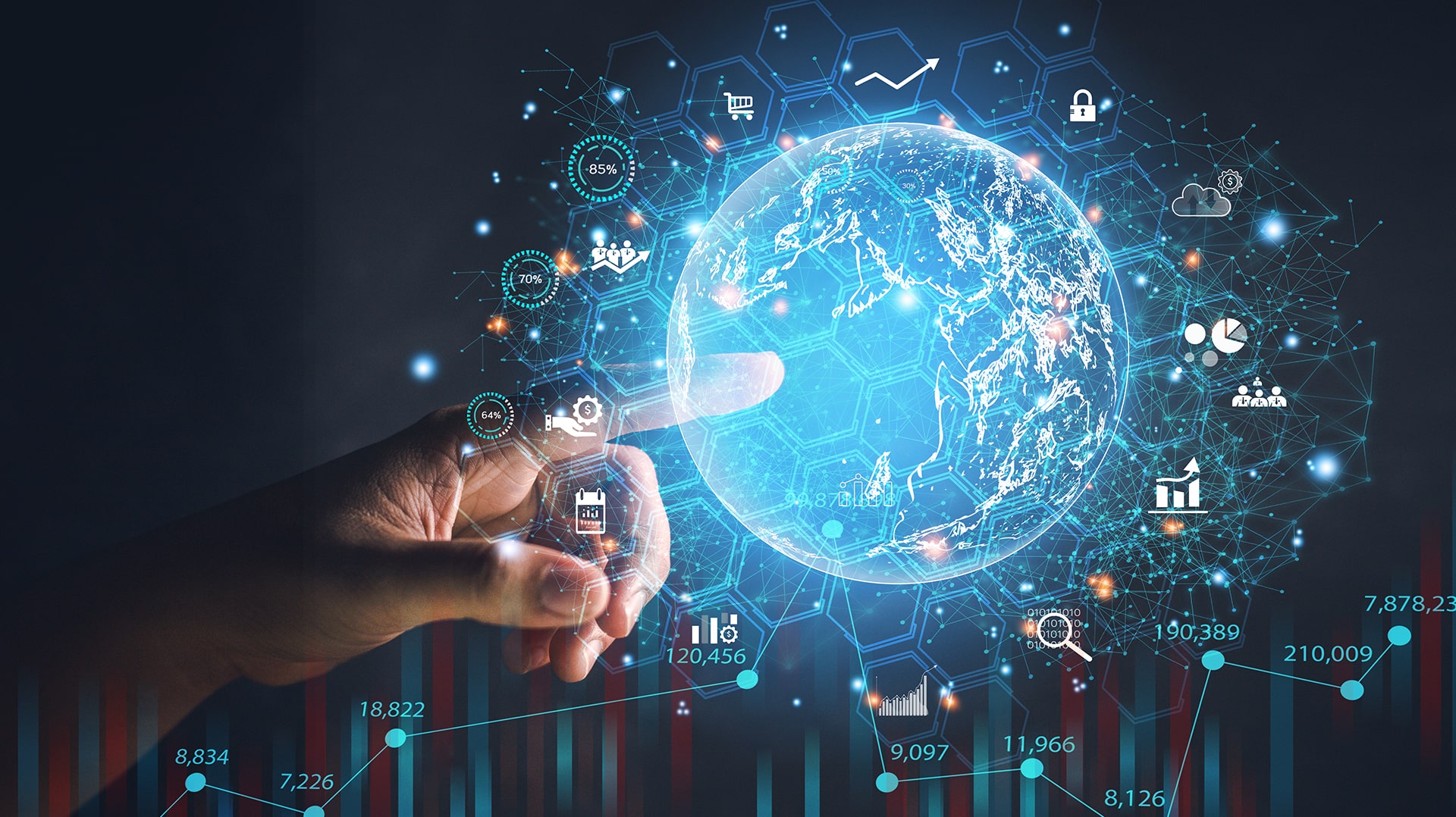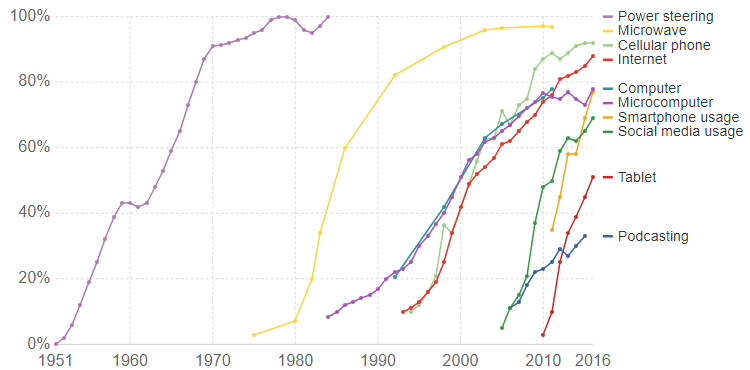
The transformation of work from office-based routines to flexible, location-independent arrangements represents one of the most profound social shifts of the 21st century. What began as an emergency response to a global pandemic has evolved into a permanent restructuring of how, where, and when work happens. This isn't simply about working from home—it's a fundamental reimagining of the relationship between employment, geography, lifestyle, and community that touches nearly every aspect of modern society.
The remote work revolution extends far beyond individual convenience or corporate cost savings. It's triggering cascading effects across urban planning, real estate markets, family dynamics, educational systems, environmental sustainability, and social inequality. As we move further into this new era, understanding these broader implications helps us navigate the opportunities and challenges of a world where physical presence in an office is no longer the default expectation for millions of workers.
The Great Urban Exodus and Geographic Redistribution
One of the most visible effects of widespread remote work has been the migration patterns it's enabled. For decades, career advancement in many industries required living in expensive urban centers where corporate headquarters clustered. Workers accepted long commutes, high housing costs, and crowded conditions as necessary trade-offs for accessing better job opportunities. Remote work has fundamentally challenged this calculus, allowing people to decouple their career choices from their geographic location.
Data from various studies shows significant population shifts from major metropolitan areas to smaller cities, suburbs, and rural communities. Young professionals who once felt obligated to live in places like New York, San Francisco, or London are now choosing locations based on quality of life, cost of living, proximity to family, or personal preferences rather than job market considerations. This redistribution of population and economic activity is reshaping communities across the country and around the world.
According to research on remote work patterns, the communities benefiting most from this migration tend to be those offering attractive lifestyle amenities—natural beauty, outdoor recreation, cultural attractions, good schools—at more affordable prices than major metros. Cities like Austin, Boise, Portland, and countless smaller towns have experienced influxes of remote workers bringing purchasing power and skills to communities that previously struggled to retain young talent.
However, this geographic redistribution creates complex challenges alongside its benefits. Long-time residents of destination communities often face rapidly rising housing costs that price out locals who don't have remote work salaries. Infrastructure designed for smaller populations strains under increased demand. Cultural tensions sometimes emerge between newcomers and established residents with different expectations and priorities. These growing pains reflect the broader societal adjustment required when fundamental patterns of where people live and work shift rapidly.
Reimagining Urban Spaces and Real Estate
The decline in demand for traditional office space has forced cities to reconsider how they use valuable urban real estate. Office buildings that once commanded premium rents now sit partially empty, creating both challenges and opportunities for urban planners and developers. Many cities are exploring conversions of office buildings into residential housing, addressing housing shortages while adapting to changing demand patterns.
Downtown business districts that thrived on office workers' daily presence face economic pressure as lunch spots, coffee shops, dry cleaners, and other service businesses lose their primary customer base. Cities are responding by reimagining these spaces as mixed-use neighborhoods with residential, entertainment, and cultural attractions rather than primarily employment centers. This transformation could ultimately create more vibrant, 24-hour urban cores where people live, work, and socialize rather than commute in for work hours and leave afterward.
Suburban and residential areas are experiencing their own transformations. Neighborhoods designed primarily as bedroom communities for commuters are developing more local amenities as residents spend more time in their communities. Co-working spaces, local coffee shops with good wifi, and community gathering places are emerging to serve remote workers seeking occasional alternatives to working from home. This shift potentially strengthens local community connections as people spend more time in their immediate neighborhoods.
Family Dynamics and Work-Life Integration
Remote work has profoundly impacted family life in ways both positive and challenging. Parents working from home gain flexibility to participate more actively in their children's lives—attending school events, managing childcare more easily, and being present for daily routines. This increased presence can strengthen family bonds and allow more equitable distribution of domestic responsibilities between partners.
However, the integration of work and home life also creates new stresses. The boundaries between professional and personal time become blurred when your office is also your living room. Many remote workers report difficulty "switching off" from work, finding themselves checking emails late into the evening or feeling obligated to be constantly available. Parents particularly struggle to balance childcare responsibilities with work demands when both occur in the same physical space.
Key impacts on family dynamics include:
- Greater flexibility in managing childcare and family schedules
- Increased ability for both parents to participate actively in child-rearing
- Challenges in maintaining work-life boundaries within shared spaces
- Opportunities for families to relocate closer to extended family support networks
- Reduced time and stress from eliminating commutes, freeing energy for family activities
- Potential tension from competing demands for quiet workspace in homes not designed for multiple people working simultaneously
Successful navigation of these dynamics requires intentional boundary-setting, dedicated workspace when possible, and clear communication between family members about needs and expectations. Families are developing new norms and routines that differ significantly from the rigid separation of work and home that characterized previous generations.
Environmental Implications: The Sustainability Question
The environmental impact of widespread remote work presents a complex picture with both positive and negative elements. The most obvious benefit involves reduced commuting—millions of people no longer driving or taking public transportation daily represents significant decreases in greenhouse gas emissions, air pollution, and traffic congestion. Studies suggest this reduction in commute-related emissions offers meaningful environmental benefits, particularly in regions where most commuters drive personal vehicles.
However, the full environmental accounting proves more complicated. Heating and cooling individual homes rather than shared office spaces may actually increase overall energy consumption. Remote workers often use more single-use food packaging from delivery services compared to shared office cafeterias or packed lunches. The migration to larger homes in suburban or rural areas—often enabled by remote work—can increase per-person energy consumption and reduce the efficiency gains of dense urban living.
The net environmental impact likely depends on specific circumstances and choices. Remote workers who maintain relatively modest homes, use energy-efficient heating and cooling, and minimize delivery services probably create smaller environmental footprints than they would with daily commutes. Those who move to large homes in car-dependent locations and continue driving frequently for errands and activities may not realize environmental benefits despite eliminating work commutes.
Social Connection and Community Building
One of the most significant concerns about remote work involves its impact on social connection and community. Traditional workplaces served social functions beyond their economic purposes—they provided daily human interaction, opportunities for friendship, mentorship relationships, and sense of belonging to something larger than oneself. The loss of these casual daily interactions represents a real cost that statistics about productivity and satisfaction may not fully capture.
Research from studies on social connection indicates that humans need regular social interaction for mental health and wellbeing. While video calls enable remote collaboration, they don't fully replicate the richness of in-person interaction—the informal conversations before meetings, spontaneous brainstorming sessions, or simply sharing space with colleagues working toward common goals.
Remote workers report varying experiences with social connection. Some appreciate the freedom from office politics and superficial interactions, finding they can cultivate deeper friendships outside work. Others experience loneliness and isolation, particularly those living alone or in new communities where they haven't established local social networks. The challenge becomes intentionally creating opportunities for connection that previously happened organically through workplace proximity.
Communities are adapting to meet remote workers' social needs through co-working spaces, professional networking groups, and local organizations that bring people together around shared interests. These emerging structures suggest that social connection will continue, though perhaps organized around geography and interests rather than employment. This shift could ultimately strengthen local communities as people invest more energy in relationships with neighbors rather than distant colleagues.
Economic Inequality and Access
The remote work revolution has exposed and sometimes exacerbated existing social and economic inequalities. Not all jobs can be performed remotely—healthcare workers, retail employees, manufacturing workers, food service staff, and countless others must be physically present for their work. This has created a sharp divide between those who enjoy remote work flexibility and those whose jobs require physical presence regardless of personal preference or circumstance.
This divide often correlates with education level and income, with higher-paid professional workers more likely to have remote options than lower-wage service workers. The benefits of remote work—flexibility, time savings from eliminated commutes, ability to live in lower-cost areas—accrue primarily to already-advantaged workers, potentially widening economic inequality even as it improves quality of life for those with access to these opportunities.
Access to reliable internet, appropriate technology, and suitable home workspace also creates barriers. Workers in rural areas with poor connectivity, those living in small apartments or shared housing without private workspace, or those lacking personal computers face disadvantages in remote work environments. These digital divide issues intersect with existing inequalities around income, education, and geography.
Addressing these inequalities requires intentional policy responses—investments in broadband infrastructure, provisions for subsidized co-working spaces or technology access, and recognition that remote work arrangements benefit some populations far more than others. The challenge is ensuring this major shift in work organization doesn't simply create new advantages for already-privileged groups while leaving others behind.
Comparing Pre-Pandemic and Remote-First Work Cultures
Traditional workplace culture emphasized physical presence as a signal of commitment and productivity. Being the first to arrive and last to leave conveyed dedication, regardless of actual output. Advancement often depended on visibility—being seen by decision-makers, participating in informal networking over coffee or lunch, and demonstrating engagement through physical presence in meetings and discussions.
Remote-first work culture necessarily shifts these dynamics toward outcome-focused evaluation. When managers can't observe employees throughout the day, they must assess work based on deliverables and results rather than time spent at a desk. This change potentially creates more equitable evaluation processes, reducing bias toward those who are simply more visible or socially skilled at office politics.
However, remote work also creates new forms of inequality and bias. Those comfortable with video calls and digital communication may appear more engaged than equally competent colleagues who struggle with these mediums. Workers in different time zones face challenges participating in synchronous meetings. The informal mentorship and networking that often happened organically in office settings requires more intentional effort remotely, potentially disadvantaging newer workers or those from underrepresented groups who benefit most from visible sponsorship.
The most effective organizations are developing hybrid approaches that preserve remote work flexibility while creating intentional opportunities for in-person connection, mentorship, and collaboration. These evolving models attempt to capture the benefits of both arrangements while minimizing their respective drawbacks—a balancing act that will likely continue refining as remote work matures from emergency measure to permanent workplace model.
Conclusion: Navigating the New Normal
The remote work revolution represents far more than a change in where people sit while working—it's a fundamental restructuring of society that will continue generating effects for decades. The geographic redistribution of population, transformation of urban spaces, evolution of family dynamics, and shifts in social connection patterns all stem from this single change in how we organize work. Understanding these broader implications helps individuals, organizations, and communities navigate this transition more thoughtfully.
The long-term outcomes remain uncertain and will depend significantly on choices we make collectively about how to structure this new arrangement. Will remote work exacerbate inequality or create opportunities for broader geographic and economic inclusion? Will it strengthen local communities or fragment social connection? Will it improve work-life balance or blur boundaries in unhealthy ways? The answers depend on intentional decisions about policy, organizational practices, and individual choices.
What seems clear is that we cannot simply return to pre-pandemic work arrangements—the transformation has progressed too far and revealed too many benefits for too many people. Instead, the challenge is thoughtfully designing systems that preserve remote work advantages while addressing its legitimate limitations and challenges. This requires creativity, flexibility, and willingness to experiment with new approaches rather than assuming either traditional office work or fully remote arrangements represent the only viable options.
As we continue adapting to this new reality, the most successful individuals, organizations, and communities will be those that remain flexible, attentive to diverse needs, and willing to continue evolving their approaches as we learn more about what works. The remote work revolution is still in its early stages, and the society it ultimately creates depends on the choices we make in these formative years of this fundamental transformation.
Follow Us: For more updates, stories, and partner links — visit our official
Facebook Page
and explore
Our Sister Sites.




















